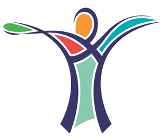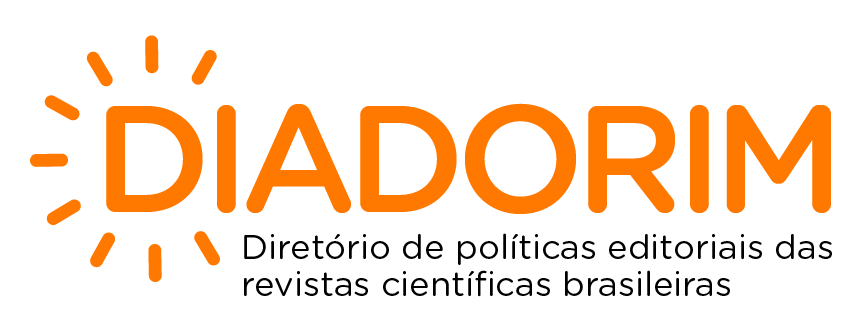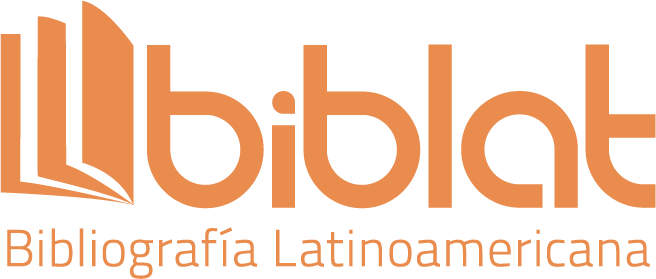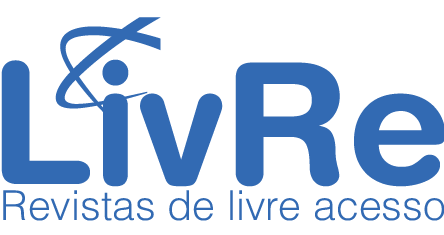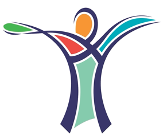The use of augmented visual feedback on the learning of the recovering phase of pedaling
DOI:
https://doi.org/10.20338/bjmb.v4i1.18Keywords:
cycling, recovery phase, augmented visual feedback, motor learning, biomechanicsAbstract
The objective of this study was to investigate if the use of augmented visual feedback would improve the learning of the pedaling technique in the recovery phase. Nineteen people from 14 to 16 years old with no experience in cycling divided in experimental (n=10) and control (n=9) groups took part in this study. Initially, two evaluations were performed to determine the maximal oxygen uptake and work load. Right after the second evaluation seven pedaling practice sections were performed and after the last one a post test was conducted. After a week a retention test was performed. The results showed that both groups increased their performance, but the experimental group showed better results in the retention test. It was concluded that the augmented visual feedback could be considered a more appropriate tool for teaching of cycling.
Downloads
Metrics
Downloads
Published
How to Cite
Issue
Section
License
Authors must declare that the work submitted is their own and that copyright has not been breached in seeking its publication. If the manuscript includes work previously published elsewhere, it is the author(s) responsibility to obtain permission to use it and to indicate that such permission has been granted.
Authors retain the copyright of their paper and grant the Brazilian Journal of Motor Behavior (BJMB) the right to first publish the work under a Creative Commons Attribution-NonCommercial-NoDerivatives license (CC BY-NC-ND). This license allows users to share the paper given the appropriate credit to the author and source and does not allow commercial uses and derivative materials to be produced.






